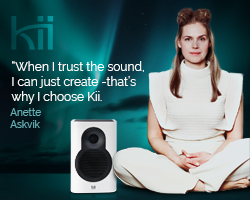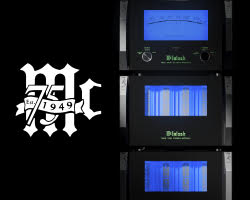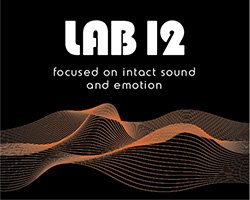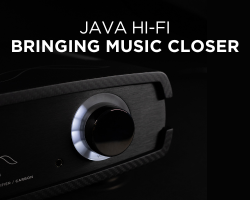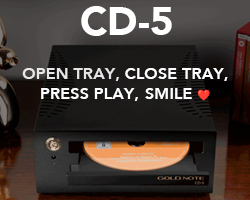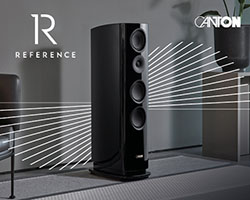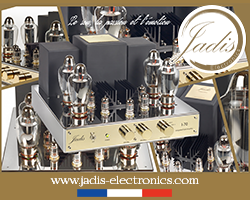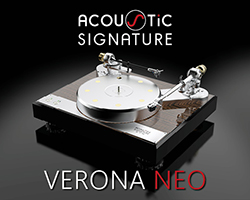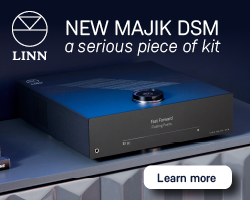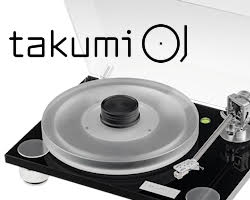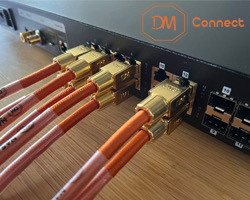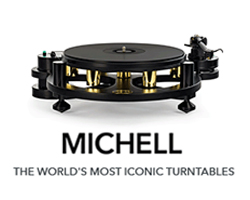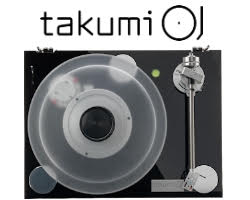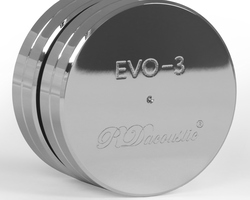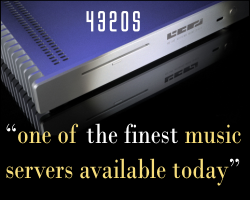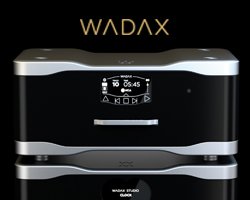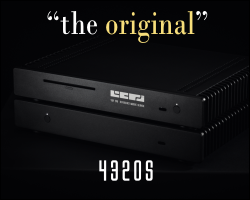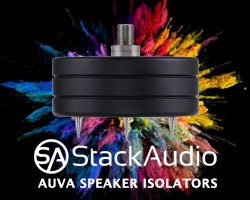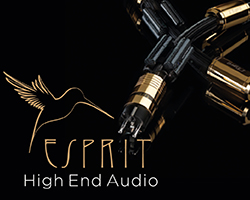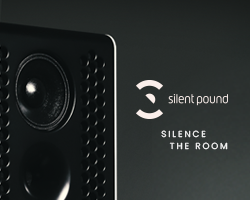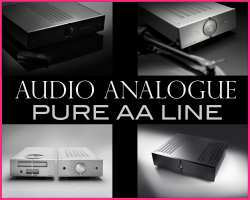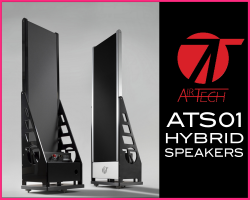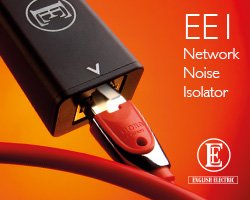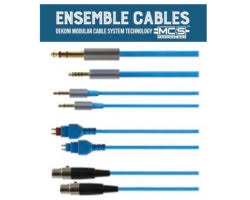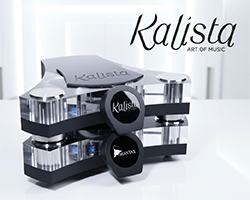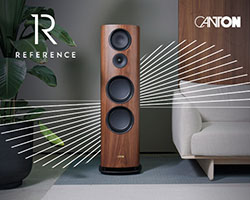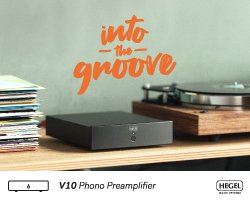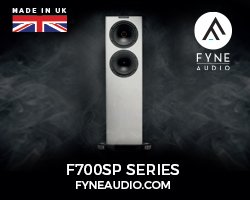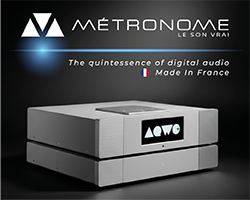MATRIX AUDIO TS-1 STREAMER & SS-1 NETWORK SWITCH REVIEW
Matrix Audio have been featured in HiFi PiG a few times; in fact, my first review for HiFi PiG was of their Element X2. They are a brand I have known since long before this, though, and I first reviewed one of their headphone amps all the way back in 2016. In this review, we are looking at 2 of their more recent products, the TS-1 music streamer and the SS-1 network switch.
The TS-1 streamer retails at €2599 whilst the SS-1 comes in at €1499, lets look at what you get for your money.
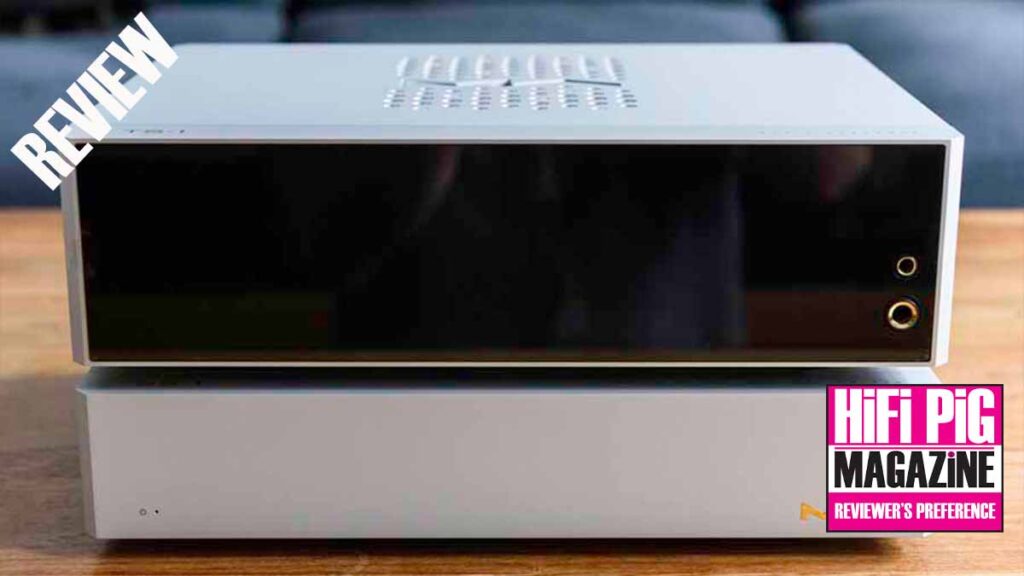
BUILD QUALITY AND FEATURES OF THE TS-1 & SS-1
Starting off with the build quality, both models come with a precision-machined aluminium casing that looks classy and feels extremely robust. The finish is excellent with vents on the top and sides of the units, and high-quality connectors throughout. The TS-1 has a large front touchscreen that is crisp and easy to read/navigate. The units both feel like bits of kit that are made to last.
Feature-wise, let’s start with the TS-1 streamer, as it does a lot in a small chassis. First and foremost, it is a network music streamer and works with all the most common services, including Tidal Connect, Spotify Connect, Qobuz Connect, Roon, Audirvana, vTuner, internet radio and more. You can configure the unit via the MA Remote app, which opens even more functionality, and it’s difficult to know where to start from a feature point of view.
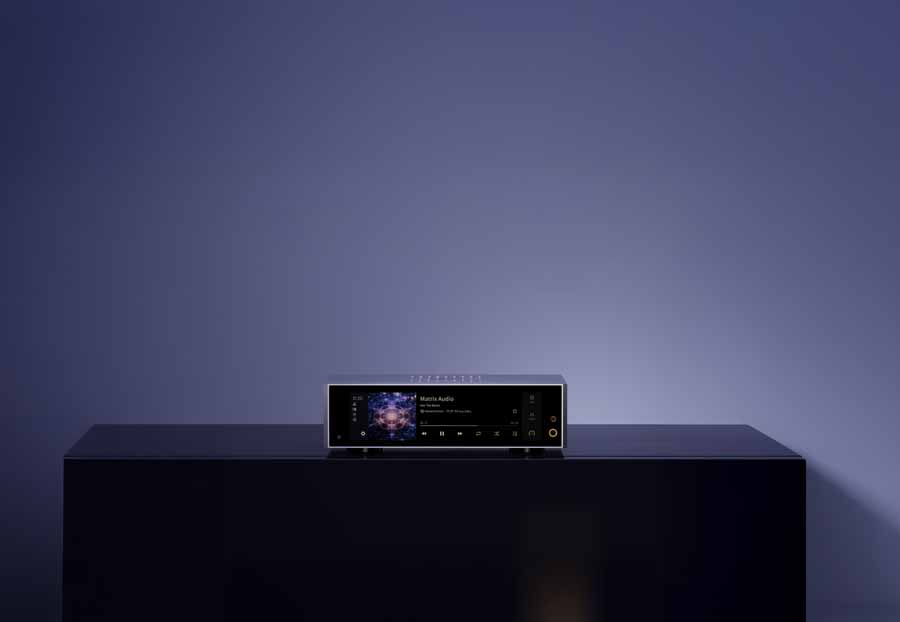
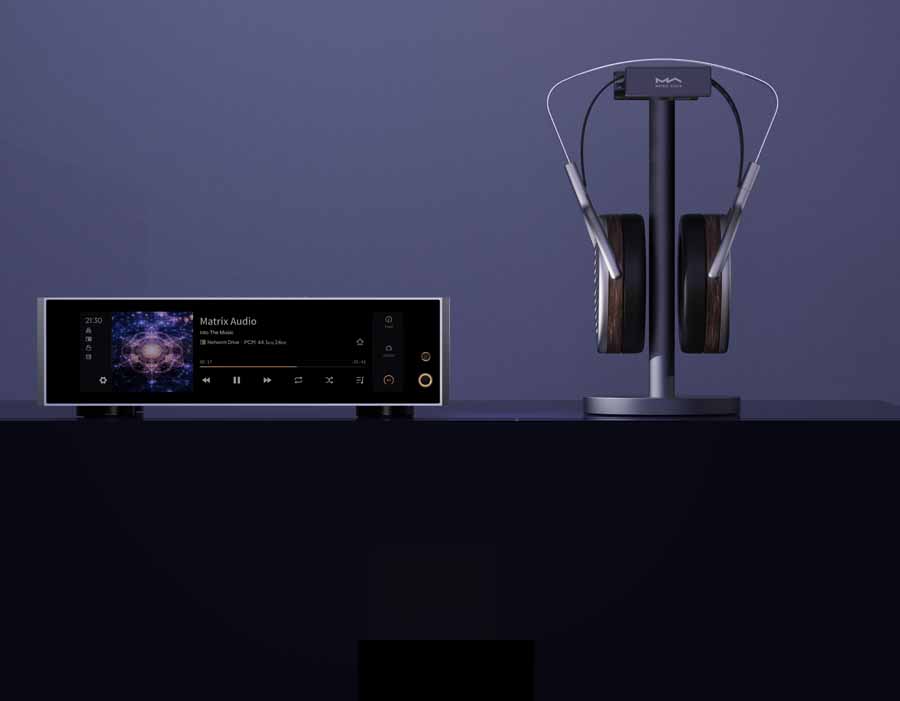
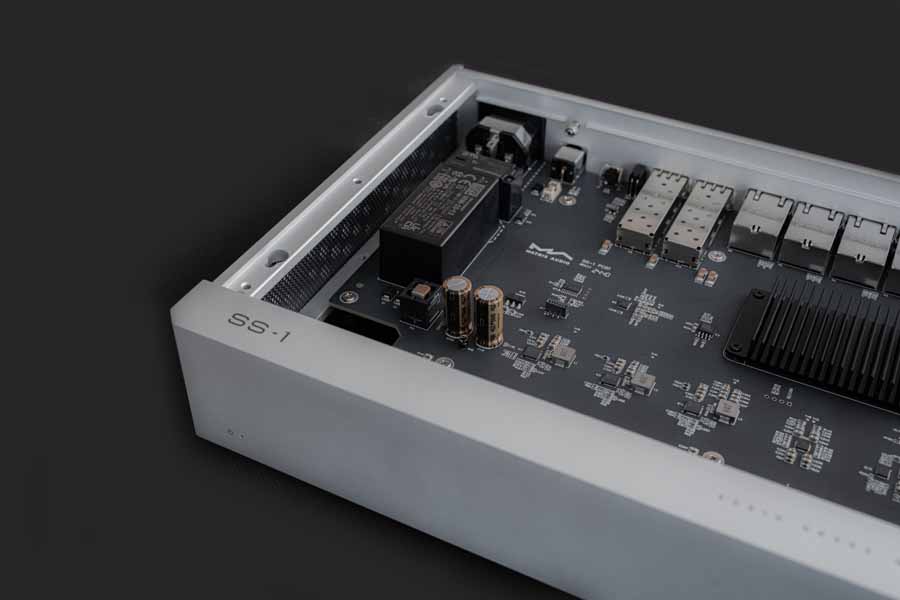
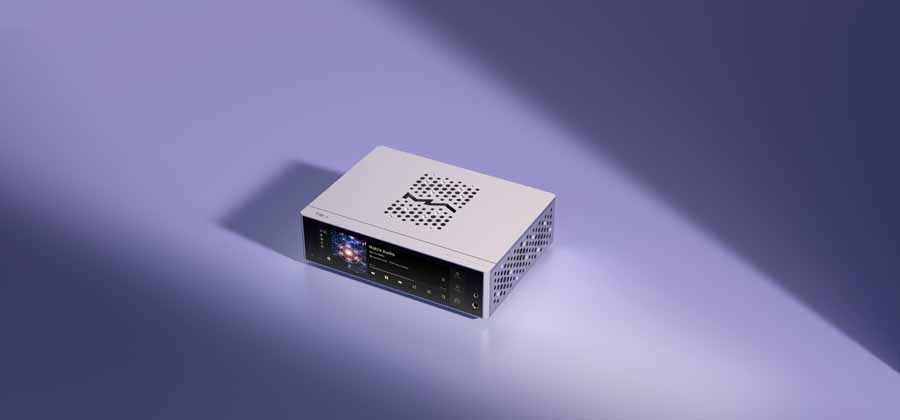
First off, the TS-1 has a fully balanced internal architecture and uses dual AKM4493SEQ DAC chips, which feed directly into the fully balanced analogue output circuitry and the fully discrete, balanced headphone output (4.4mm connector, there is also a 6.3mm single-ended output) – this is built to be a serious headphone amp as well as a streamer.
Next up, the TS-1 features one RCA pair of analogue inputs, which are digitised by an ADC internally before being fed through the DACs to the output; however, it is a very handy feature should you wish to use the TS-1 as your main hub. The output can be fixed, or variable (pre-amp mode), and you can switch the fixed output voltage between 2VRMS/4VRMS (RCA/XLR) or 2.25VRMS/4.5VRMS (RCA/XLR) – this is useful depending on the input sensitivity of your downstream devices. There is a single sub-out on the back that outputs frequencies below 150Hz; you cannot configure the crossover point, though.
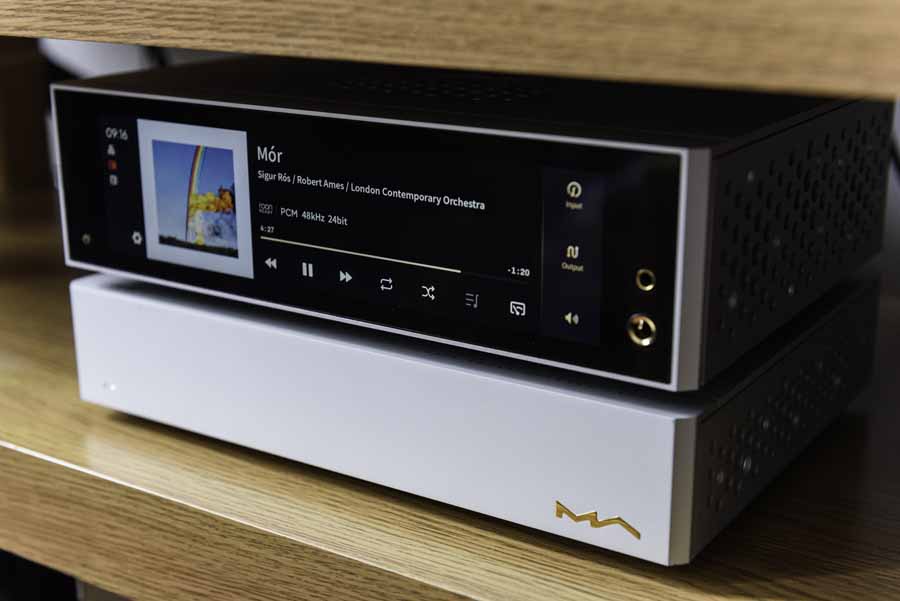
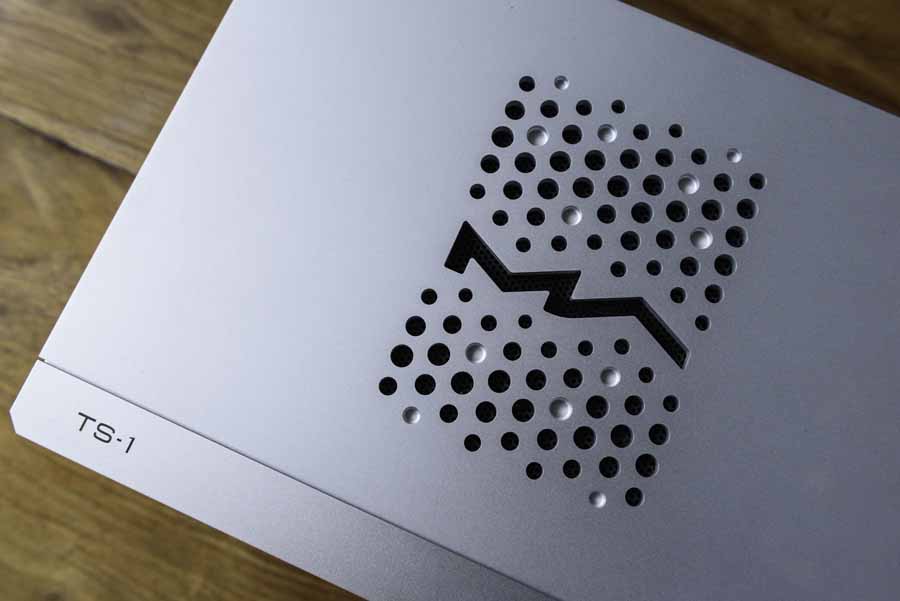
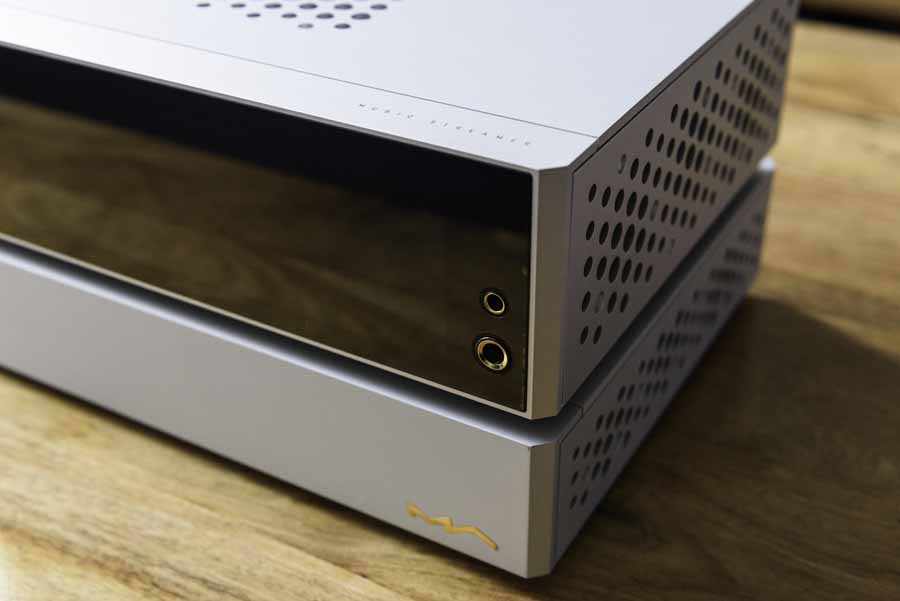
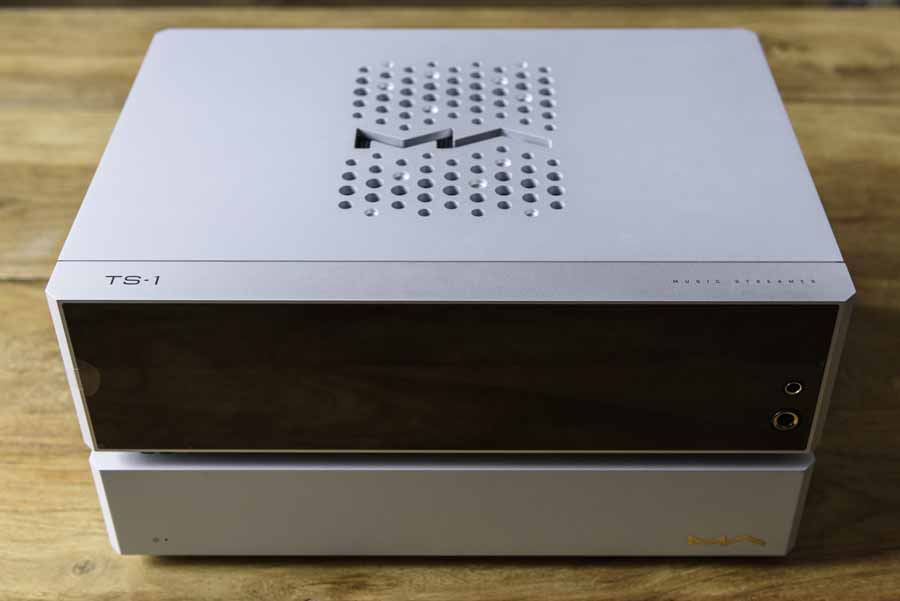
You have 6 different DAC filters to select from, and digital inputs include optical, coaxial, USB, and HDMI ARC (which is incredibly useful for people like me who use their 2ch setup for TV purposes). You can select a couple of different “now-playing” screens, including VU metres and off for TV use. It also features a nice remote for the basics, so you don’t need to keep opening the app. You can have a clock set as the screensaver in standby mode, and I think it looks great.
The internal power supply is switch-mode; however, Matrix Audio have equipped the TS-1 with a DC input port allowing it to be used with an external linear power supply. It also features both 12v trigger input and output, for use with other external devices.
One last main feature is the M.2 SSD slot on the underside of the unit; this allows you to install an internal SSD for local music playback. The app can’t quite mix your streaming and internal library like Roon, but it is, however, a snappy experience and makes it very easy to stream local music files (I put my CD ripped library on it and had no issues playing back my files).
One thing I will touch on is ease of use, I found the TS-1 to be extremely easy to setup and get it working – I powered it on and it prompted me to connect to my network (a touchscreen is a huge help here), from there onwards it was easy to get it playing through Roon, the MA Remote app, and Qobuz connect worked without issue too.
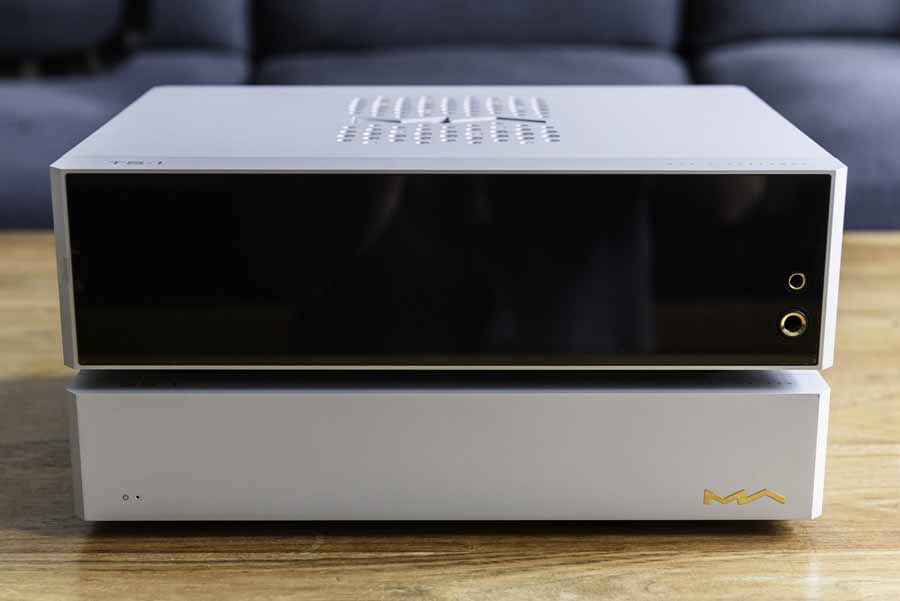
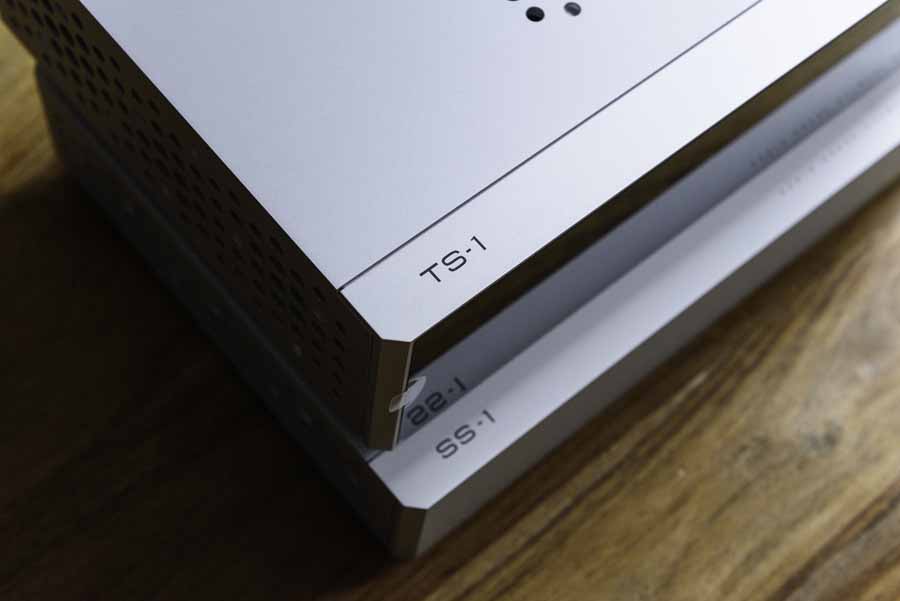

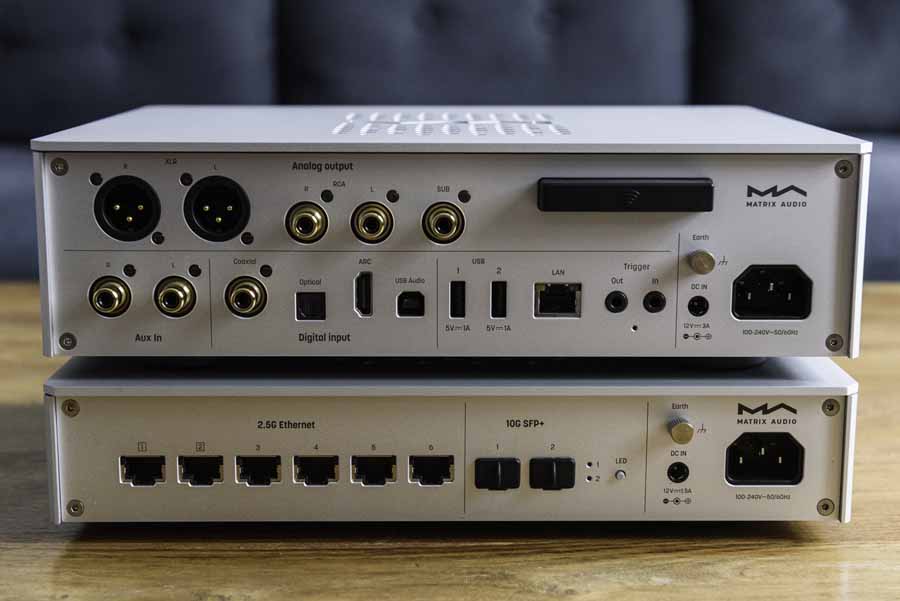
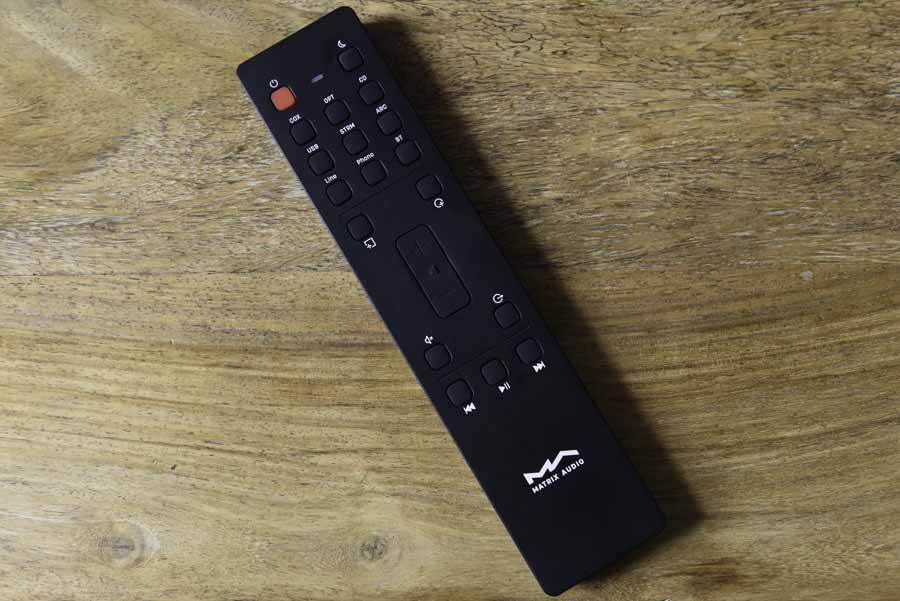
On to the SS-1 network switch, this is a more basic device from a functionality perspective; plug it in, run your Ethernet cable into it, and then out into your streamer of choice and other audio devices should you wish. Internally, though, it aims to provide a cleaner and more stable network signal as well as offering SFP/SPF+ outputs, providing isolation between the network devices and source.
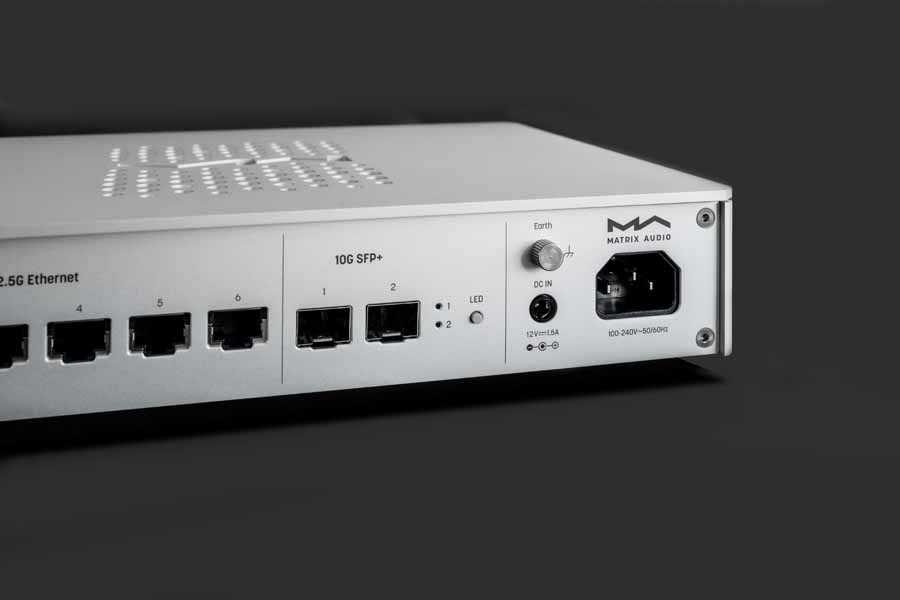
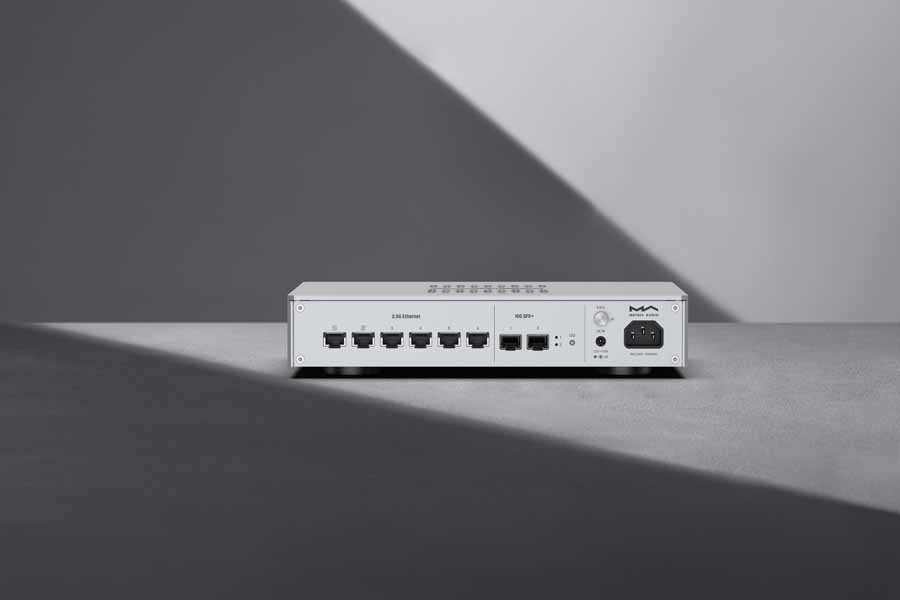
The SS-1 has 6 Ethernet ports, 2 are 100Mbps audio ports, which can reduce bit-error, the other 4 support up to 2.5Gbps (all 6 are separated and shielded). Internally, it has an ultra-low phase noise femtosecond clock as the reference for the main controller and features a switch-mode power supply – they include a DC port should you wish to upgrade to a linear power supply. You can switch off the LEDs on the rear of the unit to reduce distractions when placed alongside your HiFi.
SOUND QUALITY
I have been using the TS-1 and SS-1 as a stack, running into my Keces S4 + S300+ pre/power combo (using the 12v trigger to turn them all on) with Roon streaming, TV, and internal storage as the source. I have been using my usual Alchris TX-1 speakers and Tellurium Q cabling. I also used the TS-1 as a streamer/headphone amp and will elaborate more on that later.
Starting with something a little softer, Patient Love (Anniversary Edition) by Passenger was chosen. It’s a lovely acoustic song that comes across as being incredibly natural through this system. I’m not one who believes certain DAC chips must sound a specific way, as it is mostly down to implementation, yet here we have a great implementation of AKM chips with plenty of detail without bordering on the brash/clinical side of sound. I’ve had plenty of streamers in my system, including the Eversolo, Wiim and iFi Audio. If anything, the TS-1 brings out the organic sound of the iFi with a dose of added detail and space. Vocals are wonderfully rendered with faithful tonality; you can hear all the subtleties and fingers sliding across the fretboards of guitars without feeling like it is throwing detail at you. The architecture lends itself to portraying a wide and deep soundstage too; not once did I find the TS-1 to sound closed in or congested.
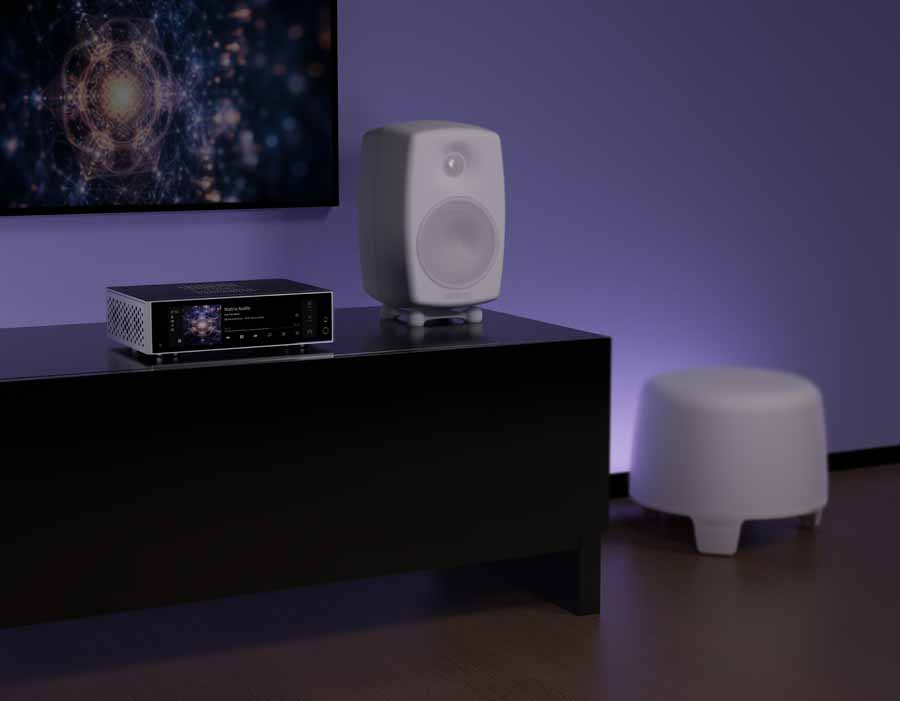
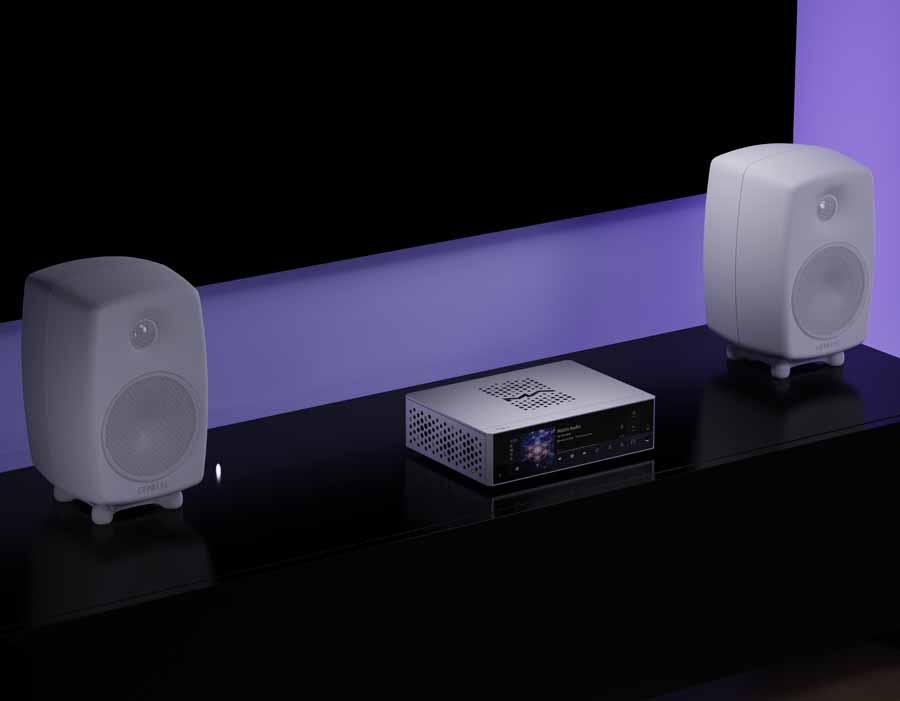
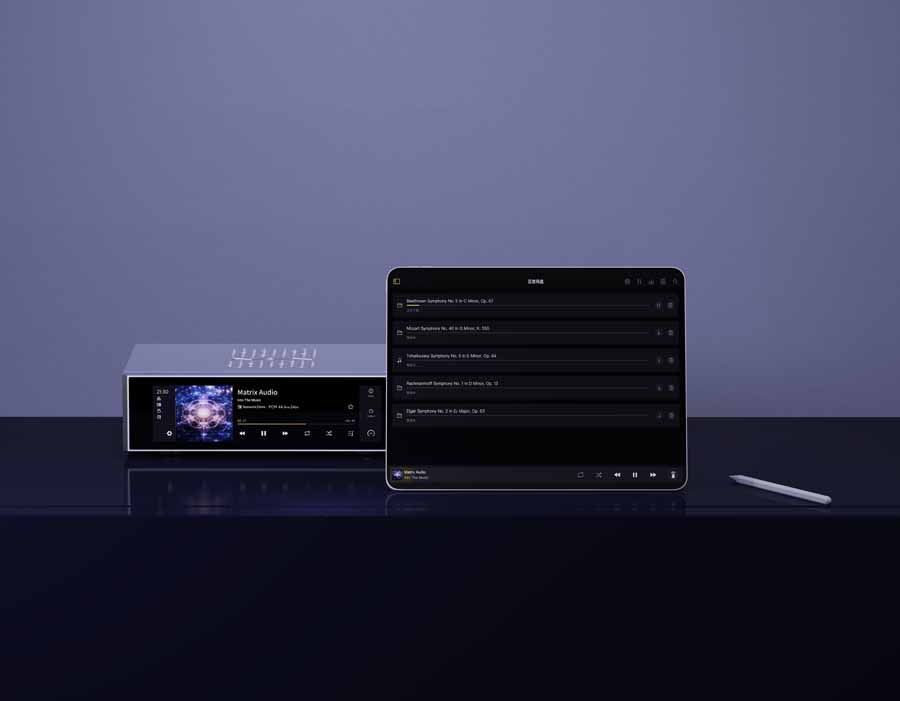
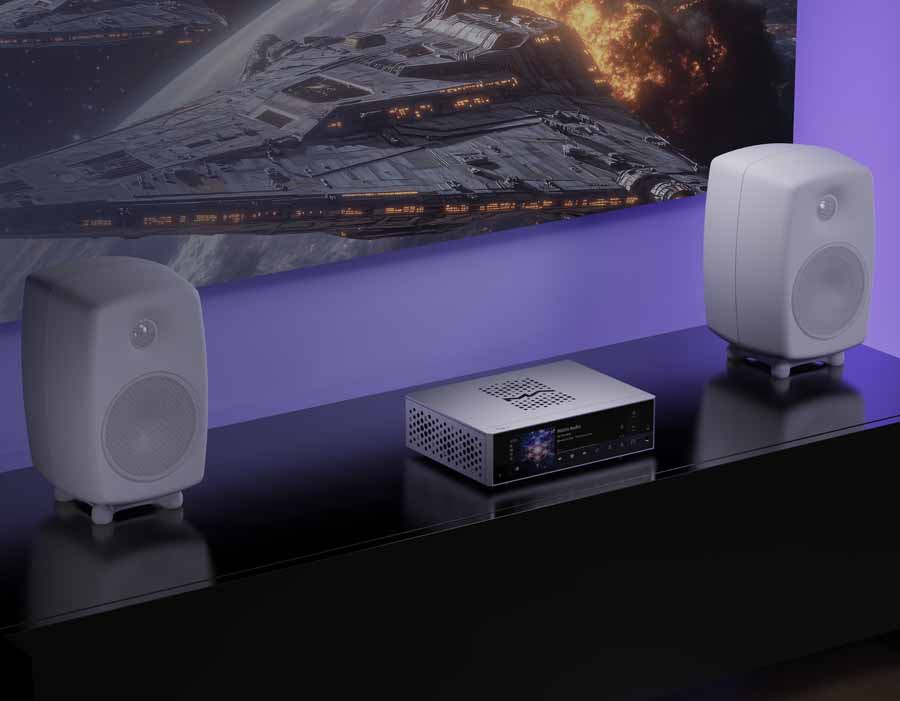
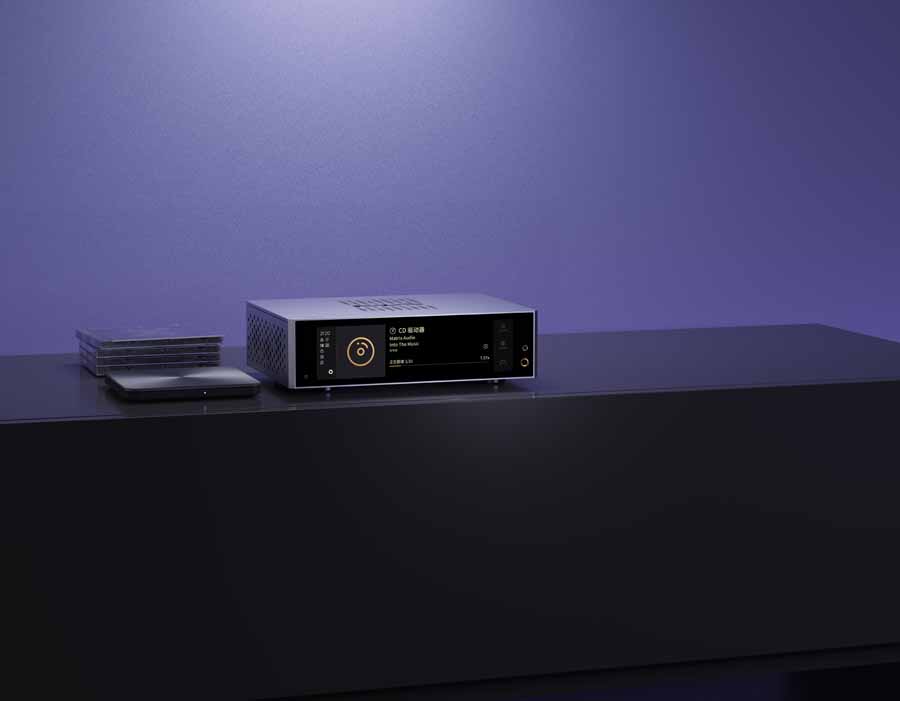
Take, for example, Boltcutter by Bury Tomorrow, a crushing metalcore song with chugging guitars and heavy blast beats galore. The TS-1 manages to pick its way through the mix and bring out the vocals with air around them, the layered guitars expertly separated, whilst the kick drums punch with authority and weight. Weight is something this streamer handles well. When the music calls for it, it doesn’t hold back, and there is a great sense of body when required. The treble is just where I want it to be; clear and precise, well extended yet devoid of any unnatural emphasis. It doesn’t matter how heavy the music gets; the TS-1 handles it with ease and composure whilst delivering crushing breakdowns with the weight and presence they deserve.
One of my uncles’ songs next, Do The Flip by Andrew Poppy, a poetic, spoken-word track with an intricate and ever-changing backdrop of sounds to accompany it. The electronic bass beat is articulate and full, ebbing and flowing as the track builds. Piano notes have weight, cymbals are crisp, sharp, and controlled, beating drums build, and all the while, the vocals are ever-present and the focal point of the song. The TS-1 is a master class at weaving together all the intricate parts of your favourite songs into music naturally and convincingly.
I’ve been enjoying Ghost’s latest release, Skeleta, and the track Guiding Lights is quite synthy and fun. It starts quite tame yet has some great electronic elements to it, whilst the vocals cut through with authority. The bass beat has great authority; there is excellent depth and punch to it without ever encroaching on other parts of the frequency range. It’s got an eighties vibe to it, with a great guitar solo and harmonies that the TS-1 renders with such elegance and clarity.
The TS-1 doesn’t come across as a coloured streamer, though it is on the ever-so-slightly warmer side of neutral. It’s one of those streamers that is devoid of any “it sounds digital” connotations and offers up a proper HiFi sound that is simply enjoyable, whilst still having all the technical prowess to show up hidden details in recordings. It also has a way of throwing out a wide and deep sound stage whilst remaining pinpoint accurate when it comes to placing instruments within the space.
In terms of the headphone output stage, I decided to try it with the incredibly demanding HiFiMAN Susvara, as the TS-1 outputs 1000mw @33Ohms on paper. To be honest, it doesn’t do a bad job at driving them; however, it doesn’t quite have the depth, body, and punch that a more powerful amp can bring out in these headphones.
Moving on to the HEDD HEDDphone TWO GT and the TS-1 has no issues driving these, with a dynamic and clear tonality. My reference headphone system does have a bit more refinement and clarity; however, it costs more than this streamer and does far less. Listening to No More Sorrow by Linkin Park, for example, the drums have great impact, the bass line is tight and articulate, and there is great separation between elements of the midrange. The treble is perhaps a little on the safer side. This is not a bright-sounding amp in my opinion.
Moving on to the ZMF Caldera Closed, and this is a good pairing; the soundstaging is wide, and there is plenty of air around the different elements of recordings. Listening to Mountains (unplugged) by Biffy Clyro, you get intimate vocals and guitars, with keys in the background and a real sense of the space they are playing in. Suffice to say that Matrix Audio have put some time into making a great headphone amp built into this streamer, and it is good to see more brands catering to headphone users. This isn’t a simple afterthought; this is a real headphone amp built in, and it will do justice to most headphones that general users will pair with it. It also allows the TS-1 to be a great desktop partner for those with active monitors and headphones, easily switching between the two, with ease of playback controls from the touchscreen.
Moving on to the SS-1, I got Kelly to switch out the SS-1 to blind A/B between it in the system and out. Network switches will be a controversial tweak to some, and to be honest, I was a little sceptical at first; however, I could hear a difference, and the different ports also made a difference. Running without the switch, the TS-1 has a slightly full and organic sound. Moving on to having the SS-1 in the system with the output from port 1 (100MBPS) into the TS-1 the sound gained more control and clarity, subtle details became more apparent to my ears, even though the sound was not quite as full.
Next up, I moved the output to port 3, which is the gigabit port, and did the same A/B blind testing. This was much closer in sound, and I found that having the SS-1 in the system took the edge off some harsher notes whilst adding a little bit of depth to the sound. A network switch isn’t suddenly going to make a bad system sound amazing, but it can, however, be used as a slight tuning tool, and I found myself personally preferring the sound when using the gigabit output port.
What was interesting is that we both found that port 1 (100MBPS) did not sound subjectively better in my system, due to both of us preferring the slightly fuller presentation of no switch, and it was an easily distinguishable difference. When it came to port 3 (gigabit), we both found it harder to tell between the two. So, if you are not a believer, get yourself a switch and someone to help you blind test.
QUIBBLES
I can’t think of any, I didn’t have any issues at all when setting up or using either device.
CONCLUSION
In the last few years, I have tested my fair share of streamers and have liked quite a few of them, especially those that aim to get out of the way of the music (like the iFi NEO Stream). The Matrix Audio TS-1 has impressed me a lot. The build quality is fantastic; it looks the part and has all the fancy internal gubbins you could want (dual DACs / dedicated headphone amp / fully balanced output). None of this matters, though, unless it sounds good, and the TS-1 doesn’t just sound good, it sounds sublime – in my system. It does not try to grab you with sheer detail and clarity; instead, it opts for removing any of that so-called “digital glare” and comes across as unforced, natural, and spacious.
Pairing it with the SS-1 using the gigabit port output, which was my preferred option from A/B testing, brought the sound quality up a slight notch, too, further cleaning up the sound without taking away from the core sound of the TS-1. I must admit I was slightly sceptical about the network switch; I am now convinced they can make an audible difference.
When sitting down to review this setup, I found myself enjoying streamed music much more than I had previously. This is the kind of streamer that draws you in and makes you want to revisit old favourites, and that is the best kind of sound in my opinion.
AT A GLANCE
Build Quality And Features:
Premium and solid build quality
Comprehensive features and functionality
Sound Quality:
Musical, engaging, and clear
Wide soundstage with excellent separation
Value For Money:
Coming in at €2599, the TS-1 is an excellent streaming DAC/pre-amp for the money with premium build quality and features. The SS-1 is also a great device that made an appreciable change in sound quality. Whilst I would say the TS-1 is better value, the SS-1 is worthy of your time and money if you are looking to dip your toe into the world of audiophile network switches.
We Loved:
The look, feel, functionality, and sound of both the TS-1 and SS-1.
We Didn’t Love So Much:
Nothing to note, it all worked seamlessly
Elevator Pitch Review: If you are in the market for a new streaming DAC/pre-amp, the TS-1 ticks a lot of boxes. There are plenty of models in this section of the market, yet the Matrix Audio deserves to be heard. It focuses on presenting your music in a coherent and natural way, without sounding like it is trying to force you to hear every little detail in the mix. All the details are there; it’s just that the music is the focus, and anything that puts the music first is something that’s a winner in my opinion.
Equally, if you are looking into the world of audiophile network streamers, and are a little sceptical as I was, the SS-1 brings clear audible differences, whether they are to your subjective taste is down to you. I personally felt that using the gigabit output gave me more of the original sound of the TS-1 with a slight increase in detail, whilst also smoothing out some sharper tones.
Price: €2599 / €1499
Oscar Stewart
SUPPLIED SPECIFICATION
TS-1:
Digital Input
- Coaxial & Optical: PCM 16-24Bit /44.1kHz, 48kHz, 88.2kHz, 96kHz, 176.4kHz, 192kHz DSD 2.8MHz (DoP)
- HDMI ARC: PCM 16-24Bit /44.1kHz, 48kHz, 88.2kHz, 96kHz, 176.4kHz, 192kHz
- USB Audio: PCM 16-24Bit /44.1kHz, 48kHz, 88.2kHz, 96kHz, 176.4kHz, 192kHz, 352.8kHz, 384kHz, 705.6kHz, 768kHz DSD 2.8MHz, 5.6MHz, 11.2MHz (DoP) DSD 2.8MHz, 5.6MHz, 11.2MHz, 22.4MHz (Native)
AUX In
- SNR: 100dB A-weighting
- THD+N: -105dB
- MAX Input Level: 2.1VRMS
Line Out
- XLR SNR: 123dB A-weighting
- THD+N: < 0.00018%@1k, <
- Frequency Response: 20Hz-20kHz 0.1 -3dB@80kHz
- Crosstalk: >-140dB
- Output Level: 4.5VRMS @ 0dB / 0 4.5VRMS Adjustable
- RCA SNR: 120dB A-weighting
- THD+N: < 0.00020%@1k, -120dB
- Output Level: 2.2VRMS @ 0dB / 0 2.2VRMS
- Adjustable SUB Cutoff Frequency: 150Hz@-3dB
- Output Level: 2.2VRMS @ 0dB / 0 2.2VRMS
Adjustable Headphone Output
- 4.4mm Balanced SNR: 119dB A-weighting
- THD+N: < 0.0004%@20Hz-20kHz 4VRMS
- Frequency Response: 20Hz-20kHz 0.5 -3dB@22kHz
- Output Impedance: < 2Ω Output
- Power: 1000mW@33Ω, 1000mW@300Ω, 500mW@600Ω, 1%THD
- Gain: +12dB 6.35mm
- Unbalanced SNR: 116dB A-weighting
- THD+N: < 0.0004%@20Hz-20kHz 2VRMS
- Frequency Response: 20Hz-20kHz 0.5 -3dB@22kHz
- Output Impedance: < 1Ω
- Output Power: 1400mW@33Ω, 250mW@300Ω, 130mW@600Ω, 1%THD
- Gain: +12dB
Network
- LAN: 10/100/1000 Mbps
- Wi-Fi: 2.4 GHz / 5 GHz
- USB 2 x USB 3.0 The USB port provides a maximum power of 5V/1A. The USB port works with devices which conform to the USB mass storage standard and supports FAT, FAT32, exFAT, and NTFS file formats, but is not guaranteed to be compatible with all storage devices.
SS-1:
Standards
- IEEE 802.310BASE-T
- IEEE 802.3 u100BASE-X
- IEEE 802.3 z1000BASE-T
- IEEE 802.3 ab1000BASE-T
- IEEE 802.3 ae10G BASE-SR/LR
- IEEE 802.3 bz2.5G/5G BASE-T
- IEEE 802.3 cb2500BASE-
Ports
- 100Mbps/10Mbps RJ45 *2
- 2.5Gbps/1Gbps/100Mbps/10Mbps RJ45 *4
- 10Gbps SFP/SFP+ *2
System LED
- Power/Status indicator LED *1
Port LED
- Speed, Link & Activity LEDs
Max MAC entries
- 16K MAC address table
AC input
- Wide voltage switching power supply
- Power Voltage: AC 100V-240V 50/60Hz
- Power Consumption: < 15W
DC input
- External power voltage: DC 12V ±10%
- External power wattage: Larger than 18W
- Power plug: Outer diametre 5.5mm; inner diametre 2.1mm (+ for inner, – for outer)
REVIEWERS PREFERENCE!




























































